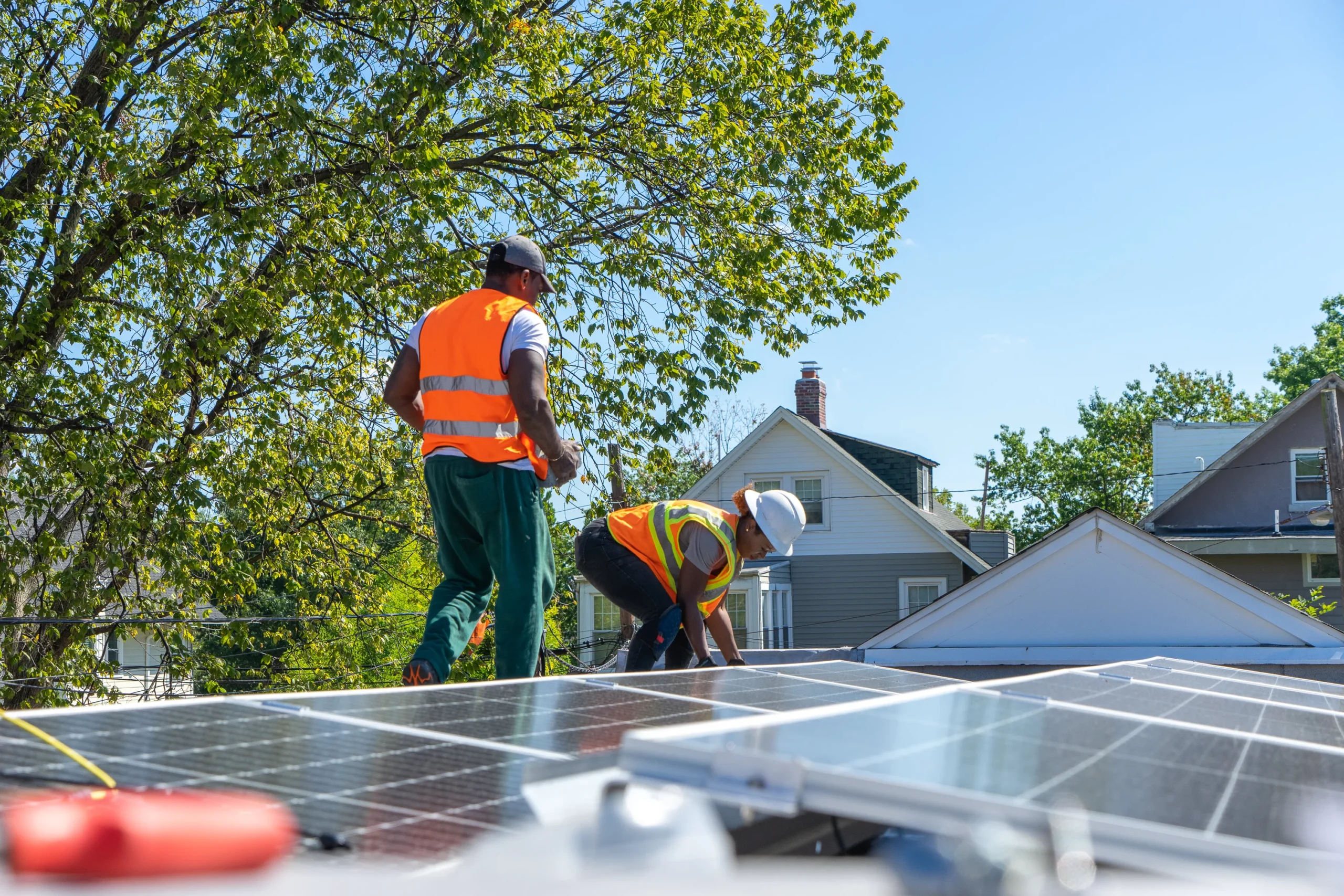The Environmental Protection Agency’s move to cancel $7 billion from an initiative aimed at helping low-income communities install solar panels will raise costs for many at a time of rising electricity prices, grantees of the program are warning.
The program in question, Solar for All, is part of the Biden administration’s Greenhouse Gas Reduction Fund, which was established as part of the 2022 Inflation Reduction Act passed by Democrats. It awarded funding to 60 states and nonprofit groups to help install solar energy and storage across the nation. The Biden EPA said the program would save households about $400 a year in electricity bills.
The Trump EPA announced last week that it would rescind the $7 billion in funds from the Solar for All program. Program members are now saying that the move will result in higher bills for some households.
“Nevada experiences some pretty extreme weather with really high temperatures regularly above 110 degrees Fahrenheit in the summer,” said Kirsten Stasio, chief executive officer of Nevada Clean Energy Fund. “One in four Nevadans has to make the hard choice between buying food and medicine or paying their utility bills or keeping their homes at unsafe temperatures because they’re afraid of what their utility bills will look like at the end of the month.”
Nevada Clean Energy Fund is one of the grantees for the Solar for All program. It was awarded $156 million to provide technical and financial assistance and workforce development programs for solar that benefit low-income households in Nevada.
The Nevada Clean Energy Fund offers three financial assistance programs. One supports single-family households installing solar panels on their roofs. Another program helps with multifamily affordable housing installations. The third program is designed to assist community solar projects that benefit low-income households. The program was slated to create 900 clean energy jobs in Nevada.
Last week, Stasio said the group received a termination letter from the EPA just before signing the financial assistance contract for its second multifamily housing project.
The group had been meeting with the EPA’s project officer for several months, Stasio said, adding that “Things seemed to be progressing, and this program appeared to have bipartisan support throughout the nation.”
“This really caught us off guard,” Stasio said, referring to the termination of funds.
Michelle Moore, CEO at Groundswell, said, “In the area that we serve, like right around here in West Georgia and East Alabama, a low- to moderate-income household is typically going to be a working family, or it’s going to be retired people — retired people and a whole lot of widows — people who worked their whole lives and just cannot make ends meet all the way on Social Security benefits.”
Groundswell is a grantee for the Solar for All program that provided about $156 million in awards over five years. The group serves nearly 8,000 families in the mid-Atlantic and southeast. It has 10 projects currently out for bid, including one in Lynette, Alabama, at a high school parking lot. It also has a project in Yazoo City, Mississippi, where Moore said a large population has high electricity bills.

Moore said she would welcome a conversation with the EPA because the program is part of the administration’s goal of lowering electricity bills for communities across the nation.
“The Solar for All program is a really powerful way that this administration could keep bills down for a million American households as an important tool in their toolkit,” Moore said.
Electricity prices increased by 5.5% for the year ending in July, according to the Bureau of Labor Statistics’ Consumer Price Index. Overall energy services, including utility gas, rose 7.2% for the year.
The termination letter to grantees said they have been given 30 days to dispute the funding cuts.
Zealan Hoover, a former EPA senior adviser, said, “This is a program that is intended to help nearly a million low- and middle-income families reduce their annual electricity prices by hundreds of dollars a year.”
The program would achieve savings by deploying solar and storage on rooftops or nearby through a community solar facility.
“[The Solar For All program] takes four gigawatts of energy off the table at a moment when we have serious concerns about our ability to meet rising demand from [artificial intelligence] and other industries. It is one of the last remaining pressure relief valves for families that are grappling with rapidly increasing electricity prices,” said Hoover, who also works as an independent adviser to the Environmental Protection Network.
He added that the administration has taken action to make energy less affordable for Americans by repealing the IRA’s clean energy tax credits in the One Big Beautiful Bill Act.
“Almost every decision this administration has made thus far is making that problem worse. They’re not canceling this program in isolation. They are canceling this program. They rolled back the tax credits,” Hoover said.
In response to the grantee’s concerns, the EPA sent the Washington Examiner Administrator Lee Zeldin’s announcement that the funds would be canceled, due to Congress’s intentions in the “big, beautiful bill.”
The bill repeals unobligated funds from the Greenhouse Gas Reduction Fund, of which Solar for All is part. Last summer, the Biden EPA obligated the $7 billion in federal funds. The Trump EPA has claimed that the Biden administration was trying to push funding for initiatives such as the Greenhouse Gas Reduction Fund out the door before the 2024 election with little oversight.
EPA TO AX $7 BILLION FROM SOLAR PROGRAM FOR HOUSEHOLDS
“But the bottom line again is this: EPA no longer has the authority to administer the program or the appropriated funds to keep this boondoggle alive,” Zeldin said.
“With clear language and intent from Congress in the One Big Beautiful Bill, EPA is taking action to end this program for good. We are committed to the rule of law and being a good steward of taxpayer dollars,” he added.
















